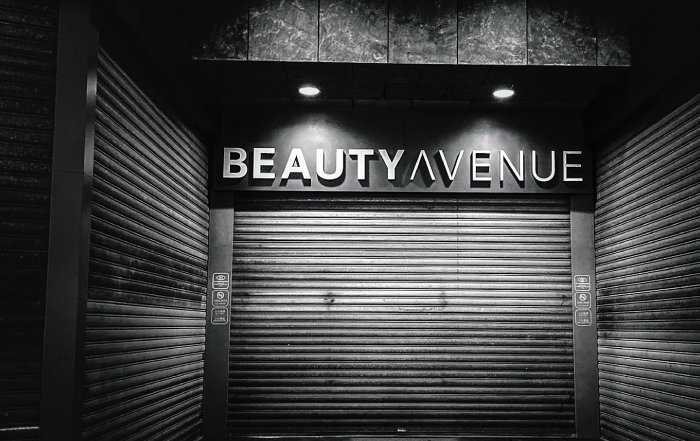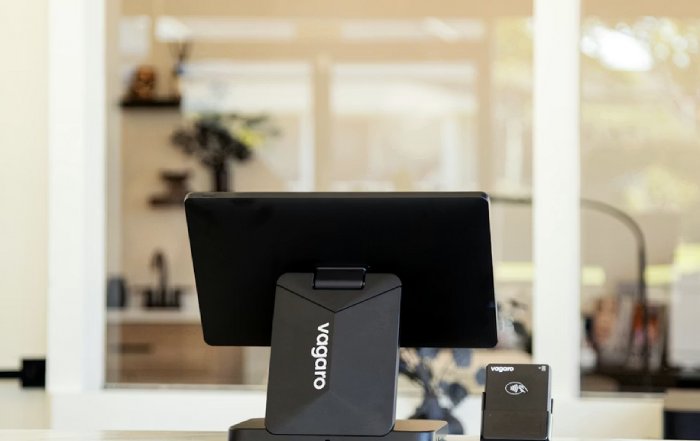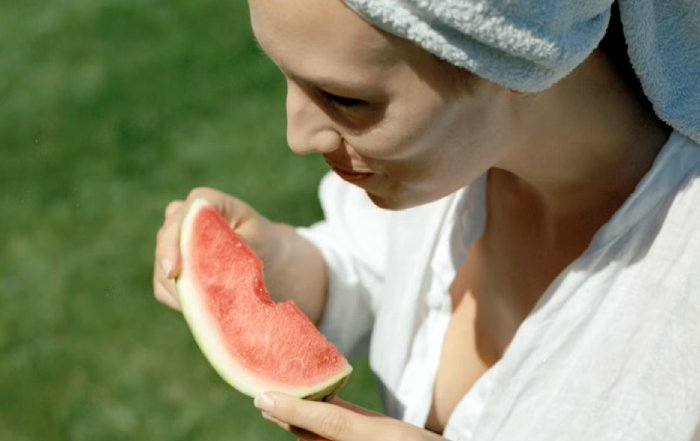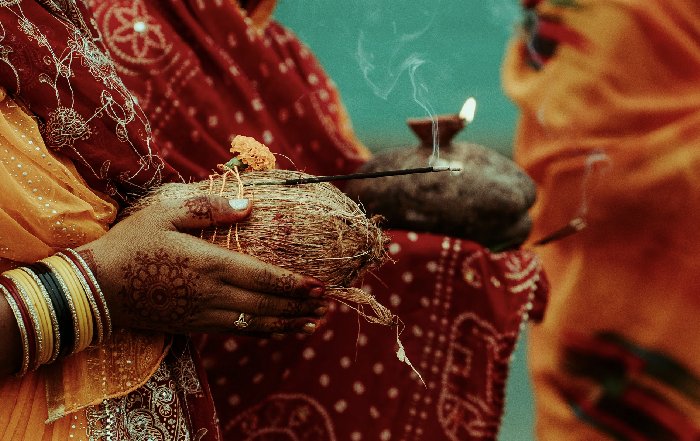Skincare Mistakes That Can Affect Skin Health in 2025
The New Complexity of Skincare
By 2025, skincare has evolved into a sophisticated intersection of science, lifestyle, technology, and global culture, and readers of BeautyTipa increasingly recognize that what once seemed like simple cleansing and moisturizing has become a complex, data-driven and ingredient-focused discipline. Yet, despite unprecedented access to information, advanced formulations, and expert insights, many people in the United States, Europe, Asia, and beyond still make fundamental skincare mistakes that quietly undermine skin health, accelerate visible aging, and compromise overall wellbeing.
For a platform like BeautyTipa, which is dedicated to helping readers navigate beauty and wellness with clarity and confidence, understanding these mistakes is not just about avoiding irritation or breakouts; it is about building a long-term, evidence-informed relationship with skin health that aligns with personal goals, cultural expectations, and the growing demand for transparency and sustainability. As global consumers increasingly consult dermatology resources such as the American Academy of Dermatology and public health guidance from organizations like the World Health Organization, they are also seeking trusted editorial voices that can translate technical knowledge into practical, everyday routines.
In this environment, the most damaging skincare mistakes are no longer only about using the wrong cream or skipping sunscreen; they are often about misunderstanding skin biology, overestimating the power of trends, misusing active ingredients, and underestimating the influence of diet, sleep, stress, and environmental factors on the skin's barrier and microbiome.
Misunderstanding Skin Type and Skin Condition
One of the most pervasive mistakes is confusing skin type with skin condition, a distinction that dermatologists at institutions such as Mayo Clinic and Cleveland Clinic repeatedly emphasize in their public education materials. Skin type-whether normal, dry, oily, combination, or sensitive-is largely determined by genetics and tends to remain relatively stable over time, whereas skin conditions, such as dehydration, acne, rosacea, or hyperpigmentation, can fluctuate based on climate, hormones, stress, and lifestyle.
When individuals in markets like the United States, the United Kingdom, Germany, and South Korea misinterpret temporary dehydration as permanently dry skin, for example, they often overcompensate with heavy occlusives and rich creams that clog pores, disrupt the skin barrier, and exacerbate breakouts. Conversely, those who assume they have oily skin may use aggressive astringents, alcohol-heavy toners, or harsh foaming cleansers that strip the skin, trigger rebound oil production, and contribute to chronic irritation. By exploring foundational resources such as the BeautyTipa skincare section, readers learn to distinguish between what their skin is and what their skin is going through, which becomes the basis for more precise product selection and routine design.
In 2025, this distinction is particularly critical because of the proliferation of targeted active ingredients, from retinoids and exfoliating acids to peptides and niacinamide, which can deliver impressive results when matched correctly to skin type and condition but can also cause barrier damage and sensitization when misused.
Over-Cleansing and Barrier Damage
Another common mistake that undermines skin health is over-cleansing, a behavior driven by the longstanding but outdated belief that a tight, squeaky-clean feeling is a sign of effective skincare. Dermatology experts worldwide, including those referenced by the National Institutes of Health, now reinforce that the skin barrier, composed of lipids, proteins, and corneocytes, is a delicate, highly organized structure that must remain intact to prevent transepidermal water loss, protect against pathogens, and maintain overall resilience.
In many urban centers in North America, Europe, and Asia, the rise of double cleansing, micellar waters, and powerful surfactant-based cleansers has led some consumers to wash their faces three or more times per day, often combining physical scrubs with foaming cleansers and acid toners. While double cleansing can be beneficial for those who wear heavy makeup or water-resistant sunscreen, especially in climates like Singapore or Dubai, overuse of strong surfactants erodes the lipid matrix, disturbs the skin microbiome, and can trigger redness, tightness, and chronic sensitivity. For readers of BeautyTipa beauty insights, the message is increasingly clear: cleansing should be thorough yet gentle, tailored to lifestyle and environment, and always followed by appropriate hydration.
The mistake is not only frequency but also product choice. High-pH cleansers, which were once common, are now recognized as potentially disruptive, as the skin's natural pH is slightly acidic. Leading research from organizations like the British Association of Dermatologists supports the shift toward pH-balanced, non-stripping formulations that cleanse without compromising barrier integrity, an approach that aligns with the broader wellness philosophy embraced by BeautyTipa.
Misusing Exfoliants and Actives
Chemical exfoliants and potent actives have transformed skincare in the last decade, making dermatology-grade results more accessible in homes from New York and London to Seoul and Tokyo; however, this democratization of powerful ingredients has also amplified the risk of misuse. Alpha hydroxy acids (AHAs), beta hydroxy acids (BHAs), polyhydroxy acids (PHAs), and retinoids are now widely available in over-the-counter products, and consumers often layer multiple formulas without fully understanding concentration, pH, or cumulative irritation potential.
When individuals use high-strength glycolic acid toners daily, combine them with salicylic acid cleansers, and then apply retinoids at night, they can easily cross the threshold from controlled exfoliation to chemical over-exfoliation, leading to burning, peeling, erythema, and long-term sensitivity. Dermatologists featured by organizations like the American Academy of Dermatology and the Canadian Dermatology Association generally recommend introducing one active at a time, starting with lower concentrations, and observing skin response over several weeks; nevertheless, the pressure to achieve rapid results, fueled by social media trends and influencer content, often encourages more aggressive experimentation.
Readers who explore BeautyTipa guides and tips quickly understand that skin health is a long game, and that the most effective routines prioritize barrier preservation, gradual progress, and consistent use over dramatic short-term transformations. In 2025, the most sophisticated consumers in markets such as France, Italy, and Japan are moving away from maximalist, multi-acid regimens and toward curated routines that balance exfoliation with barrier-supportive ingredients like ceramides, cholesterol, fatty acids, and humectants.
Neglecting Daily Sun Protection
Despite decades of education, skipping or inconsistently using sunscreen remains one of the most damaging skincare mistakes, particularly given the well-established links between ultraviolet radiation and photoaging, hyperpigmentation, and skin cancer. Organizations such as the Skin Cancer Foundation and public health agencies in the United States, United Kingdom, Australia, and South Africa continue to emphasize that broad-spectrum sunscreen, applied generously and reapplied regularly, is non-negotiable for long-term skin health.
In 2025, consumers have access to advanced sunscreen technologies, including elegant mineral and hybrid formulas, infrared protection, and antioxidant-enriched products that address high-energy visible (HEV) light. Nevertheless, many people in Europe, Asia, and North America still reserve sunscreen for sunny vacations or outdoor sports, overlooking the cumulative impact of incidental exposure during commutes, office hours near windows, and daily errands. Others rely solely on makeup with SPF, which often does not provide sufficient coverage or is not applied in adequate amounts.
For a platform like BeautyTipa routines, integrating sun protection into every daytime routine is a foundational principle, positioned not only as a beauty step but as a critical health measure. Readers are encouraged to view sunscreen as essential as brushing their teeth, and to consider regional factors such as UV index in countries like Spain, Brazil, Thailand, and New Zealand, where year-round protection is particularly important.
Ignoring the Role of Lifestyle, Nutrition, and Stress
A significant mistake in modern skincare is treating topical products as a standalone solution while underestimating the profound impact of lifestyle, nutrition, and stress on skin health. Scientific literature summarized by resources such as Harvard Health Publishing and the European Food Information Council consistently highlights the relationship between diet, systemic inflammation, hormonal balance, and dermatological conditions, including acne, eczema, and premature aging.
High-glycemic diets, excessive sugar intake, and frequent consumption of ultra-processed foods can contribute to glycation, a process that damages collagen and elastin, while insufficient intake of antioxidants, omega-3 fatty acids, and micronutrients reduces the skin's ability to defend itself against oxidative stress. Chronic sleep deprivation, pervasive in major cities from Los Angeles to London to Shanghai, disrupts circadian rhythms and impairs overnight repair processes, while unmanaged stress elevates cortisol, which can aggravate inflammatory conditions and impair barrier function.
Readers who explore the BeautyTipa wellness section, health and fitness insights, and food and nutrition coverage quickly recognize that truly radiant skin is an outward reflection of internal balance. Skincare, in this holistic view, becomes one pillar of a broader lifestyle strategy that includes balanced eating patterns, regular movement, stress management, and adequate sleep, all of which are increasingly prioritized by consumers in Canada, the Netherlands, the Nordic countries, and across Asia-Pacific.
Falling for Hype and Unverified Claims
In the age of social media, viral trends, and influencer marketing, another widespread mistake is placing more trust in hype than in evidence, leading consumers to invest in products or devices that lack robust clinical support. While reputable brands and research-driven companies such as L'Oréal, Estée Lauder Companies, and Shiseido invest heavily in dermatological testing, safety assessments, and peer-reviewed research, the market is also crowded with smaller labels that may prioritize speed to market over rigorous formulation science.
Regulatory bodies like the U.S. Food and Drug Administration and the European Commission oversee cosmetic safety frameworks, yet many marketing claims, particularly those related to anti-aging, brightening, and "miracle" results, remain loosely defined and can mislead consumers who are not familiar with reading ingredient lists or understanding clinical trial design. The risk is especially high for individuals who purchase products from unverified online marketplaces, where counterfeit or improperly stored items can compromise safety.
For BeautyTipa, which curates brands and products with a focus on transparency and efficacy, the priority is to help readers differentiate between marketing language and substantiated performance, encouraging them to look for clear ingredient disclosures, realistic claims, and where possible, references to independent testing. As international readers from regions such as the Middle East, Africa, and South America gain greater access to global e-commerce, this critical mindset becomes even more important to safeguard both skin health and consumer trust.
Overcomplicating Routines and Product Layering
The last decade has seen an explosion of multi-step routines, particularly influenced by Korean and Japanese beauty philosophies, which have been enthusiastically adopted in markets from the United States and the United Kingdom to France and Brazil. While multi-step routines can be beneficial when each product serves a distinct, complementary purpose, a common mistake is building unnecessarily complex regimens that overload the skin with redundant or conflicting ingredients.
Layering too many serums, essences, ampoules, and creams can increase the risk of pilling, irritation, and ingredient incompatibilities, especially when combining multiple strong actives like vitamin C, retinoids, and exfoliating acids. Moreover, the financial and environmental costs of excessive consumption are increasingly at odds with the growing emphasis on sustainability and mindful consumption, as highlighted by organizations like the United Nations Environment Programme and sustainability-focused research groups.
Readers who turn to BeautyTipa trends coverage and technology and beauty insights find that the most progressive movement in 2025 is toward "intelligent minimalism," where routines are streamlined to a few well-chosen products that address specific needs, supported by data from skin analysis tools and dermatologist input. In this context, simplicity is not a step backward but a strategic decision that respects the skin's natural functions, reduces the risk of sensitization, and aligns with global sustainability goals.
Disregarding Professional Guidance
Another critical mistake is relying exclusively on peer recommendations, online reviews, and social content while neglecting professional guidance from dermatologists, estheticians, and other qualified experts. While community knowledge and shared experiences can be valuable, they are not a substitute for personalized assessment, particularly for individuals dealing with persistent acne, rosacea, melasma, psoriasis, or other complex conditions.
Healthcare systems and dermatology associations in countries such as Germany, Switzerland, Sweden, and Japan emphasize the importance of early intervention and proper diagnosis, yet many people delay seeking professional help, experimenting instead with over-the-counter products or unverified home remedies that may worsen their condition. Teledermatology platforms, which expanded significantly after the global health disruptions of the early 2020s, now make it easier than ever to consult professionals remotely, yet awareness and utilization remain uneven across regions.
For a global readership that includes professionals and entrepreneurs following BeautyTipa business and finance coverage, the lesson is clear: just as companies rely on legal and financial experts to guide strategic decisions, individuals benefit from dermatological expertise to guide their long-term skin health strategies. This is especially relevant for those in public-facing roles, the beauty industry, or high-stress sectors, where appearance, confidence, and resilience are closely interconnected.
Overlooking Cultural and Environmental Context
Skincare mistakes are not only individual; they can also emerge from ignoring cultural, climatic, and environmental context. Products developed for humid climates like Singapore, Malaysia, and Thailand may not perform optimally in dry, cold environments like Scandinavia or Canada, and vice versa. Similarly, routines that work well in relatively low-pollution rural areas may be insufficient for residents of high-pollution cities such as Beijing, Delhi, or Mexico City, where particulate matter and environmental aggressors demand more robust antioxidant and barrier support.
Cultural beauty ideals also shape behavior, sometimes leading to practices that compromise skin health. In parts of Asia, for example, the pursuit of extreme fairness has historically driven the use of aggressive bleaching agents, some of which contain banned or unsafe ingredients, while in Western markets, the pursuit of a year-round tan has historically fueled excessive sun exposure and tanning bed use, despite clear evidence from organizations like the World Health Organization and the Centers for Disease Control and Prevention about the associated risks.
By engaging with BeautyTipa international perspectives, readers in diverse markets-from South Korea and Japan to South Africa and Brazil-gain a broader understanding of how local climate, air quality, water hardness, and cultural norms should inform their product choices and daily routines, helping them avoid the mistake of importing trends or routines that are misaligned with their specific circumstances.
Neglecting Consistency and Patience
Perhaps the most underestimated mistake in skincare is the lack of consistency and patience, a challenge that spans continents and age groups. Modern consumers, accustomed to rapid digital feedback and instant gratification, often expect visible results within days, abandoning products or entire routines if they do not see immediate changes. However, dermatological research and guidance from organizations such as the National Health Service in the UK and the DermNet New Zealand resource make it clear that meaningful improvements in texture, pigmentation, and fine lines typically require weeks to months of consistent application.
When individuals constantly switch products, chase new trends, or discontinue treatments prematurely, they deprive their skin of the stability it needs to adapt and respond, leading to a cycle of frustration and perceived "product failure." This pattern is especially common among younger consumers in North America, Europe, and East Asia, who are bombarded by algorithm-driven recommendations and limited-time product drops.
For BeautyTipa, which speaks to a readership that values depth, strategy, and long-term thinking, the message is that skincare should be approached more like a professional development plan than a quick experiment. Readers who integrate structured routines from BeautyTipa routines guidance and stay informed through ongoing guides and tips are better positioned to maintain consistency, adjust intelligently when needed, and evaluate results over realistic time horizons.
The Future of Skincare: Data, Responsibility, and Trust
Looking ahead from 2025, the convergence of biotechnology, artificial intelligence, and personalized diagnostics is reshaping skincare in ways that will both reduce and amplify the potential for mistakes. Smart devices, AI-powered analysis apps, and at-home testing kits, many of which are being developed or refined by major players like L'Oréal, Unilever, and Procter & Gamble, promise unprecedented insight into skin condition, barrier status, and environmental exposure. Reputable sources such as MIT Technology Review and McKinsey & Company have documented the rapid growth of beauty tech, from virtual try-on tools to algorithmically curated ingredient regimens.
However, technology is only as effective as the knowledge and judgment that guide its use. Without critical thinking, professional oversight, and a commitment to evidence-based practice, consumers may still fall prey to over-optimization, data misinterpretation, or aggressive experimentation driven by algorithmic suggestions. This is where trusted editorial platforms like BeautyTipa play a central role, synthesizing scientific research, industry developments, and real-world user experiences into clear, actionable guidance that helps readers in the United States, Europe, Asia, Africa, and South America avoid costly and potentially harmful missteps.
In the end, the most serious skincare mistakes in 2025 are not simply about the wrong cleanser or a missed application of sunscreen; they are about neglecting the fundamental principles of skin biology, underestimating the influence of lifestyle and environment, and placing too much faith in hype while overlooking the quiet power of consistency and moderation. By embracing a holistic, informed, and patient approach-supported by expert resources, responsible brands, and platforms such as BeautyTipa-individuals worldwide can move beyond trial-and-error and build skincare practices that genuinely protect and enhance skin health for the long term.








